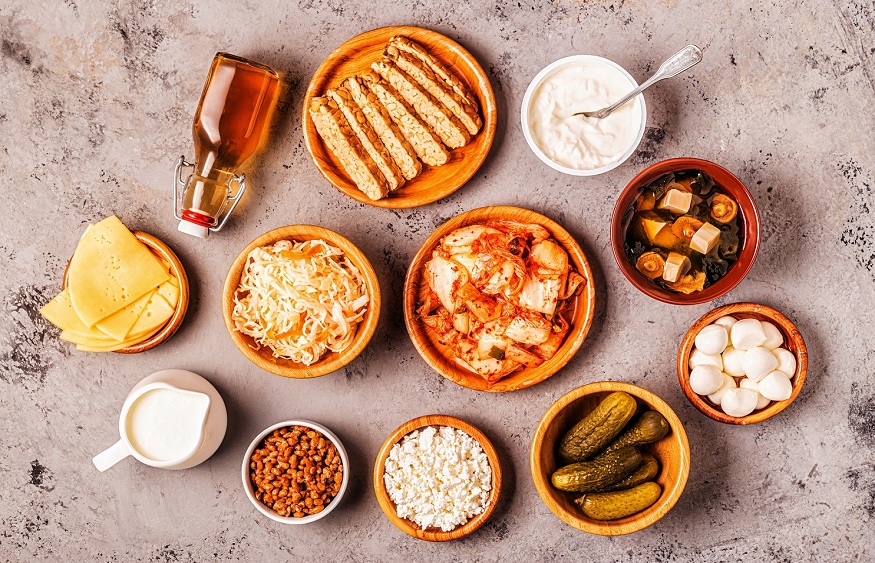If you just need someone to help you set up your blog quickly and easily in just a few steps, check out step 5.
As someone who loves food and cooking, you might be considering starting a food blog to express your creativity and have an easy way to share as many ideas as possible with the world.
But there are plenty of other reasons why you might want to start a food blog.
Get Free Products : As a food blogger, you’ll likely receive tons of free products from brands who want to try them out and recommend them to your audience.
Make money : As your blog grows, you will be able to monetize it in different ways and start receiving passive income from all your efforts.
Build an audience : You can use your own food blog as a way to build a community around your passion. The more interesting content you post, the more your audience will grow.
Share your experiences : Some amateur chefs simply want to post photos of dishes and recipes to share their passion for cooking with the world.
Build a community : A blog is a great way to grow a community of like-minded people on the food topics you love.
1. Determine the purpose of your food blog
The food industry has become saturated over the past decade, which means that if you want to build a profitable business, you need to start your food blog with a purpose.
That’s why the first step in learning how to start a food blog is determining the purpose or direction of your new blog.
Food News : A way to share the latest news about the food industry.
As stated earlier, the food industry is saturated and if you want to stand out and make your blog successful, you need to choose a niche that you will specialize in.
2. Choose a “ .com” domain name. Domain name.
You can choose from many domain extensions, including .com, .org, .net, .us, .co, etc.
Some creative domain name extensions are designed specifically for food blogs, like .food, .chef, .cooking, .organic, and various other domain name extensions that fall under the food/drink categories.
But it is important to choose the . com for your own domain name, because it’s what the web is built on, and what your audience will remember most easily.
3. Purchase the domain name separately from the hosting provider.
If someone broke into your hosting account, they could potentially transfer your domain name to their own hosting.
If this were to happen, it would be very difficult to reverse and it could be a huge security issue for you.
It is therefore best to purchase your domain name separately from the web hosting provider . But, of course, if you’re just getting started with your very first site, you can skip this step for now and move on to the next one.
4. Choose an extended domain name.
Stay broad with the name you choose. If it’s too narrow, you’ll run out of topics to blog about. On the other hand, if you choose a name that is too broad, it will be more difficult for you to build an engaged audience for your food blog.
So, for example, instead of calling your blog ” GlutenfreeCookies.com”, you might consider something like ” GlutenfreeParadise.com”, which would allow you to focus on more topics and treats other than only cookies.
5.Be brief and sweet.
Your website’s domain name should be between two and four words long. Don’t use long, hard-to-spell words, and avoid using special characters or foreign words.
6. Use alliteration.
Alliteration is the use of two or more words that start with the same letter or have the same sound.
For example, you can have a website name like ” Damn Delicious”, “Smitten Kitchen”, or ” Freezer Fiend”. “
7. Add additional words
For example, if you want a name like “Dessert Dome”, you can consider ” The Dessert Dome” instead.
To help you come up with ideas for your food blog name, try thinking about the concept of your food blog. Ask yourself what name it might go under and how it might develop in the future.
8. Use naming tools
If you’re still stuck, there are plenty of free online tools that can help you find a great domain name. Some of the tools I like to use include Lean Domain Search and Instant Domain Search.
9. Don’t buy a domain name
You might come up with a name for your food blog that you fell in love with, but it’s on offer for hundreds or even thousands of dollars. Don’t be tempted to buy it. It’s not worth it at this point. Instead, look for another name or variation of that name available for purchase at the regular price and use that money to create content to grow your new blog.
10. Don’t Get Stuck Here
Most people are so obsessed with getting the perfect domain name that they never get past it. Avoid falling into this trap. The decision should be made fairly quickly and it is not necessary to spend more than two hours on this task. Instead, choose a name that works for you and move on to the next step.

